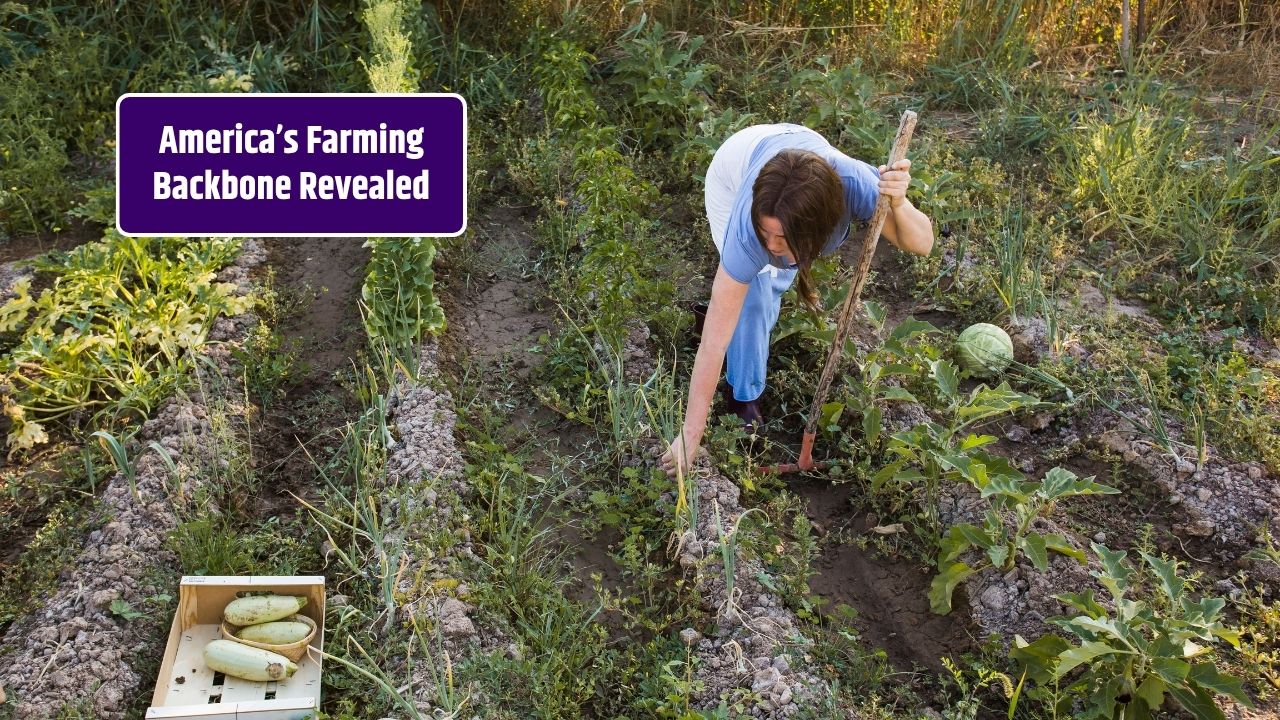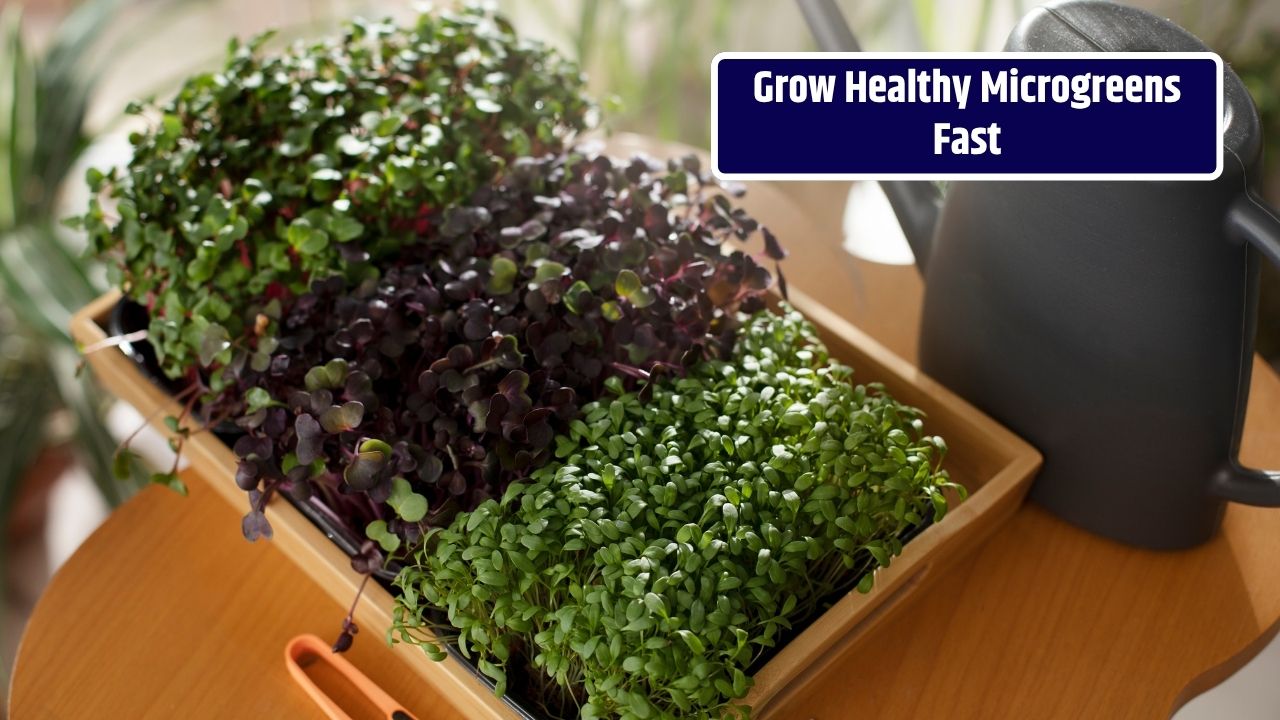Crop rotation is one of the oldest—and most effective—strategies in sustainable agriculture. Long before synthetic fertilizers or pesticides existed, farmers relied on rotating crops to keep soil fertile, reduce pests, and improve overall yields. In today’s era of climate-smart farming, this traditional method is making a strong comeback.
Let’s explore how crop rotation works and how it can help increase your yield naturally, without depending on chemical inputs.
Table of Contents
What Is Crop Rotation?
Crop rotation is the practice of growing different types of crops in a planned sequence on the same plot of land across multiple seasons or years. Instead of planting the same crop year after year (monocropping), farmers alternate between crop families to balance nutrient usage and break pest cycles.
For example:
- Year 1: Legumes (beans, peas)
- Year 2: Leafy greens (lettuce, spinach)
- Year 3: Root crops (carrots, onions)
- Year 4: Fruit-bearing plants (tomatoes, peppers)
This natural system boosts soil health and maximizes productivity over time.
Benefits of Crop Rotation for Higher Yields
1. Improves Soil Fertility
Different crops use different nutrients. Legumes, for instance, fix nitrogen in the soil, enriching it for the next crop. Rotating crops prevents nutrient depletion and helps maintain a healthy, balanced soil ecosystem.
2. Reduces Pests and Diseases
Pests and pathogens often specialize in specific plants. Growing the same crop continuously gives them a reliable food source. Crop rotation interrupts their life cycles, making it harder for them to establish and reproduce.
3. Enhances Soil Structure
Deep-rooted crops like carrots or radishes loosen compacted soil, while fibrous-rooted plants improve soil porosity and water retention. Rotating root types encourages strong, well-structured soil over time.
4. Suppresses Weeds Naturally
Rotating cover crops (like rye or clover) can outcompete weeds and prevent them from going to seed. Each crop has a different growth pattern, limiting the chances for a single weed species to dominate.
5. Reduces Dependency on Synthetic Inputs
With better nutrient cycling, improved pest control, and healthier soil, crop rotation lowers the need for chemical fertilizers and pesticides—saving money and supporting organic or regenerative farming.
6. Improves Crop Resilience and Quality
Healthier soil produces stronger plants that are more resistant to drought, disease, and temperature fluctuations. This leads to higher-quality produce and better overall yields.
Sample 4-Year Crop Rotation Plan
| Year | Crop Group | Purpose |
|---|---|---|
| Year 1 | Legumes (beans, peas) | Fix nitrogen, improve soil fertility |
| Year 2 | Leafy greens (lettuce) | Use nitrogen, add organic matter |
| Year 3 | Root crops (carrots) | Improve soil aeration and structure |
| Year 4 | Fruiting crops (tomatoes) | Use deep nutrients and generate yield |
How to Plan Your Crop Rotation
- Group Crops by Family: Rotate between different botanical families (e.g., legumes, brassicas, nightshades) to avoid pest and nutrient build-up.
- Consider Nutrient Demands: Alternate between heavy feeders (like corn) and light feeders (like herbs).
- Incorporate Cover Crops: Plant cover crops during off-seasons to fix nitrogen and build soil organic matter.
- Record and Rotate: Keep a planting log to avoid repeating the same crop in the same spot within 3–4 years.
Real-World Yield Impact
In studies and field trials, farms that implemented crop rotation reported:
- Up to 20–30% increase in yields over continuous monocropping
- Significant reductions in pest pressure without chemical pesticides
- Better water retention and drought resistance in soil
- Lower fertilizer requirements thanks to nutrient cycling
These yield gains are especially valuable for small and organic farms, where managing costs and maximizing productivity are key.
Crop rotation is more than a soil health practice—it’s a powerful, natural strategy to boost your farm’s output while reducing input costs. By thoughtfully rotating crops, you’re working with nature, not against it, to create a balanced and resilient growing system. Whether you’re gardening in your backyard or managing acres of farmland, crop rotation can help you grow more—with less.
FAQs
Can crop rotation work in small gardens?
Absolutely. Even small raised beds can benefit from rotating plant types seasonally.
How often should I rotate crops?
Ideally, don’t plant the same crop (or family) in the same spot more than once every 3–4 years.
Do I still need compost or fertilizer?
Yes, but you’ll likely need less. Crop rotation supports soil health but doesn’t eliminate the need for organic matter and amendments.





















